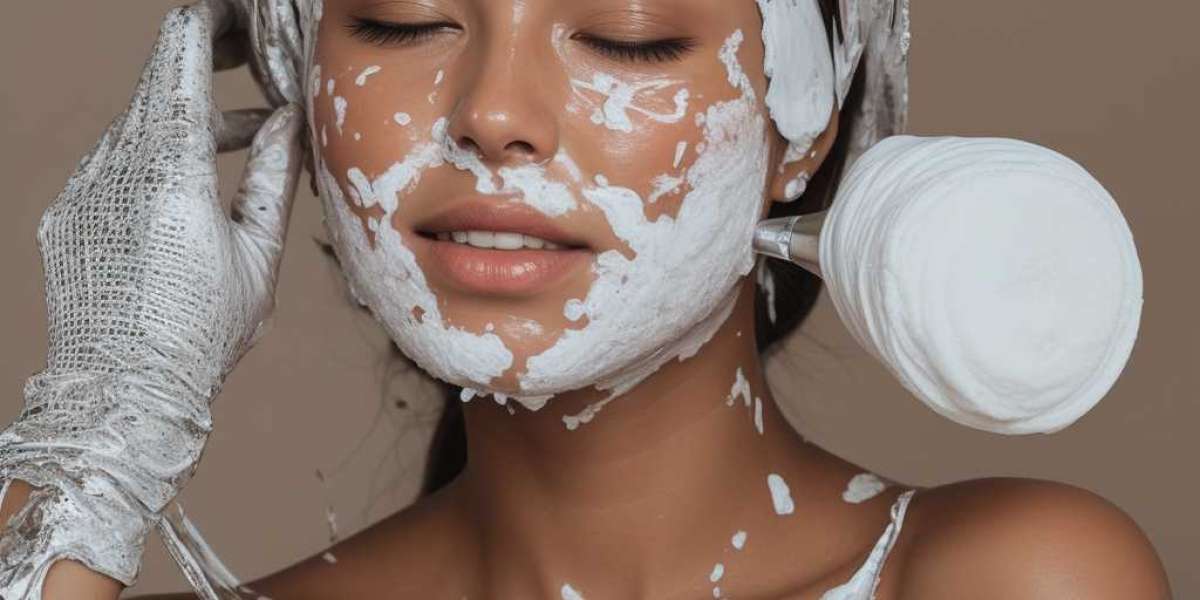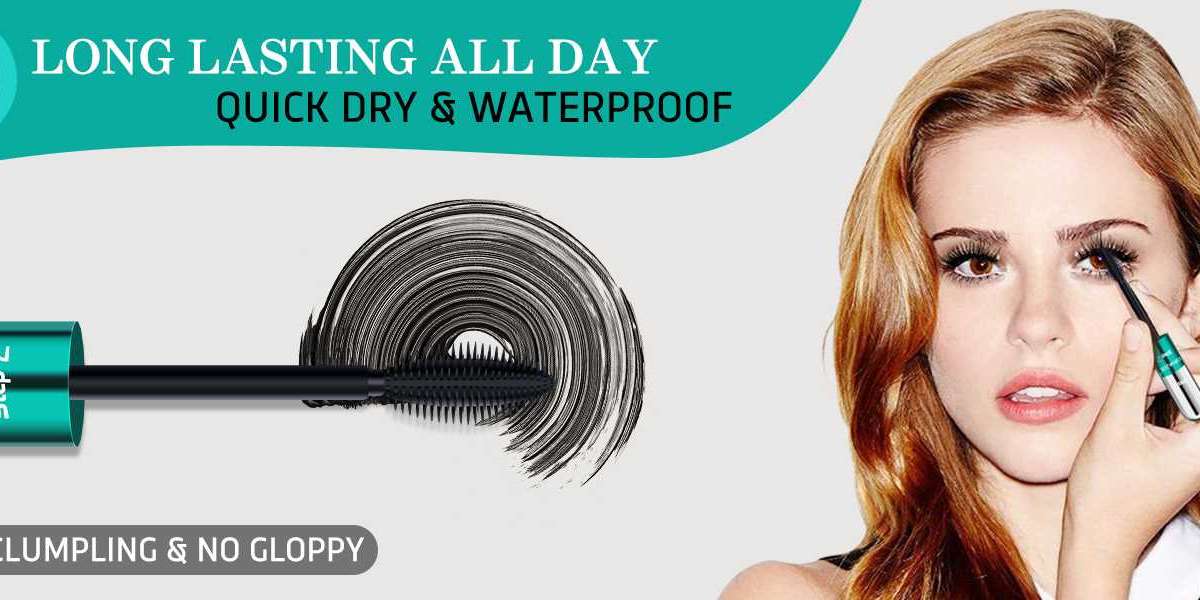Search
Top Posts
Categories
- Cars and Vehicles
- Comedy
- Economics and Trade
- Education
- Entertainment
- Movies & Animation
- Gaming
- History and Facts
- Live Style
- Natural
- News and Politics
- People and Nations
- Pets and Animals
- Places and Regions
- Science and Technology
- Sport
- Travel and Meetups
- Tollywood
- News
- Bollywood
- Hollywood
- Cine World
- Horoscope
- News
- Other








